|
Summer means beach. Beach means sand. You either love it or hate it. It gets in your hair, your clothes, your eye's, your chow and pretty much everywhere else when you spend the day on the beach, so besides being annoying, what the hang is it anyway? The dictionary will tell you it's a loose granular substance, typically pale yellowish brown, resulting from the erosion of siliceous and other rocks and forming a major constituent of beaches, river beds, the seabed, and deserts. Depending on what beach you're at it can be either weathered quartz or chewed up reef. Our coastal beaches are mainly silicon dioxide, which is what you get when weathering processes, such as wind & rain, break down rocks and minerals into smaller grains. Cos quartz is lank hard it's pretty weather resistent and will finally make it's way to the beach after getting washed down by streams or rivers and or blown by the wind. Tropical islands, on the other hand (Naas), don't have a rich source of quartz, so their beach sand is made up of calcium carbonate, which comes from the breakdown of shells and coral. And fish shit. OK, technically fish shit, but not really shit. Parrot fish chow stuff off the coral and in the process eat some coral. They can't digest it so it comes out the other end. One parrot fish can produce 100 kg of white sand every year. Pretty cool. It's the calcium carbonate that gives tropical beaches their beautiful white sand vs our yellowy coloured sand from rocks. However, in the interests of being politically correct, tropical islands also have black sand beaches, which are composed of black volcanic glass. Sand's on it's own mission. It accumulates slowly over time, travels down the coast with longshore drift, buggers off when big surf washes it away, and then comes back from the offshore banks during calm periods. If you're a regular at any of the bay's beaches you'll notice how they can change pretty quickly in a short space of time. Avo's can go from being a beaut sandy lil cove with a kiff wave to a rocky beach with no surf in the blink of an eye - all thanks to sand. Most of the bay's beaches used to be fed from the massive dune systems that extended right onto the beachfront (and have since turned into Humewood and Summerstrand!) The consistent longshore drift moves sand from all the bay beaches northwards towards Fence. Which is kinda a lose-lose situation. Fence doesn't want more sand - it worked way better when it had less sand, whereas the other beaches want more sand. (http://www.millerslocal.co.za/why-fence-was-all-time.html) The beaches get stipped during big storms - like the big one in July that chowed away about 7 years worth of sand at Avo's (just when it had started to come back to life, arg!) The easterlies tend to churn up sand offshore and bring it back to the beaches. So the big swells/east wind cycle is what dominates our sand flow. But we really need the dune fields to be reactivated so that we can get some consistent feeder sand back. Plans are afoot to hopefully allow the reactivation of the Noordhoek dunefield which runs through Cape Recife - and is currently held back to protect the water treatment plant there. (http://www.millerslocal.co.za/getting-our-beaches-back.html) Sand has the most amazing ability to get anywhere and everywhere, specially where it's not wanted. BUt besides being annoying does it actually have any uses? Ever heard of Silicon Valley? That possie in the States where they make all the computers? Turns out one of the most common uses for sand is the manufacture of computer chips, so it ain't called it ‘Silicon Valley’ for nothing. Cos remember most sand is composed silicon dioxide. Stuck in Jozi and missing the beach? Just give your computer a cuddle - there's sand in their somewhere! Sand can speak. Well, squeak, Which is close. Anyone who's been to Clifton knows how it makes a cool noise as you walk on it. Apparently for sand to squeak it needs pretty specific conditions - the grains all have to be very well-rounded and highly spherical, they must be of similar size, and be free of pollution. The squeaky sound is believed to be produced by shear as each layer of sand grains slides over the layer beneath it. The similarity in size, the uniformity, and the cleanness mean that grains move up and down in unison over the layer of grains below them. Even small amounts of pollution on the sand grains reduces the friction enough to silence the sand. Neat, huh. Wanna build a sand castle? The ideal formula is eight parts sand to one part water. Wanna build a seri-ass sand castle? Try beat the ou's in the UK who set the world record with a 3m high, 1000t monster. They kinda cheated and used a digger though. Bucket and spades the way to do it old school. Spending the day on the beach? Watch out for the unholy trilogy of sand, sea and flip flops. Guaranteed blisters if you insist on stomping about the beach all day in your slops. Even traipsing about on the sand with no flops on can still chow the soles of your feet. Learnt that the hard way after a bare-foot hike up the Sand River in St Francis. Researchers at the University of Hawaii have recently calculated that there might be as many as 7.5 billion billion sand grains on the Earth’s beaches. That’s a 75 with 17 zeros behind it; i.e., 7,500,000,000,000,000,000. Wonder if Zuma would manage that one? Probably not, seeing as anything in the hundreds already seems troubling. Here's hoping you can now look at sand in a new light, instead of it just being that irritating stuff that gets all over your car after a surf!
Comments are closed.
|
AuthorMillerslocal Archives
July 2021
|
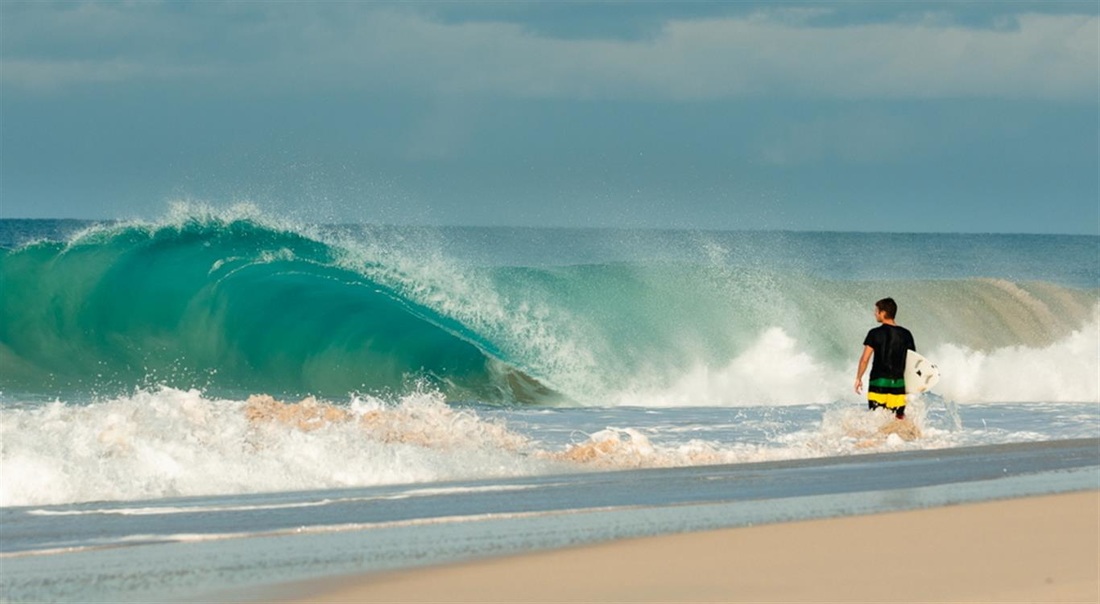
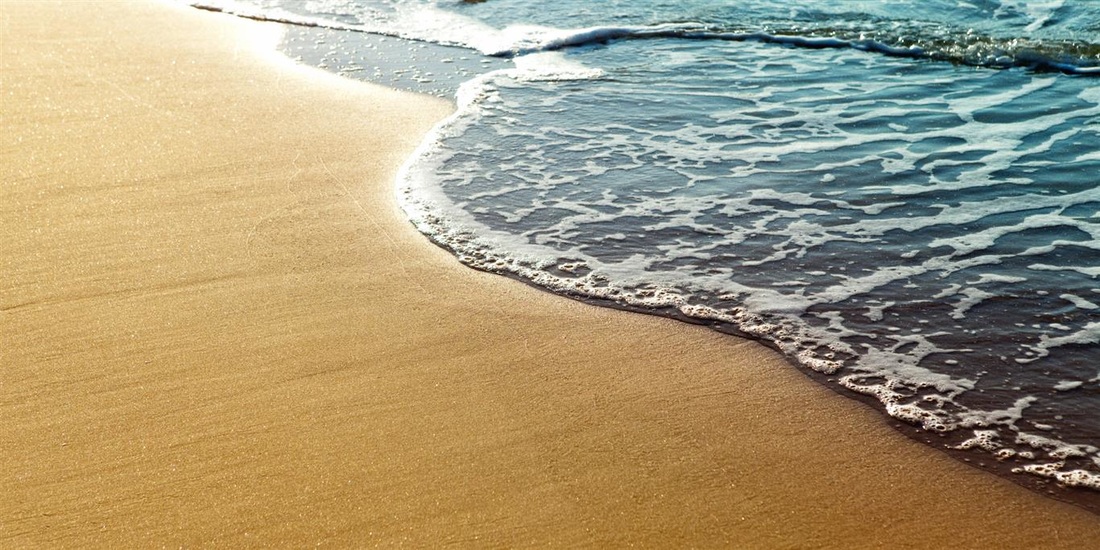
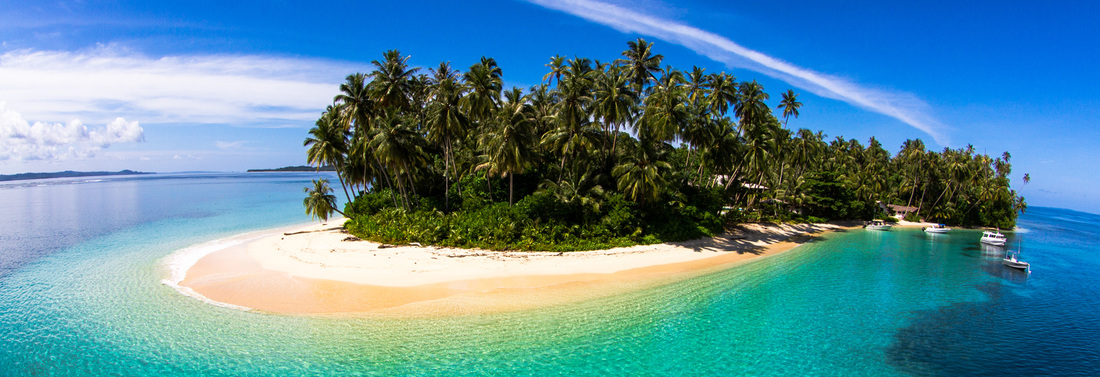
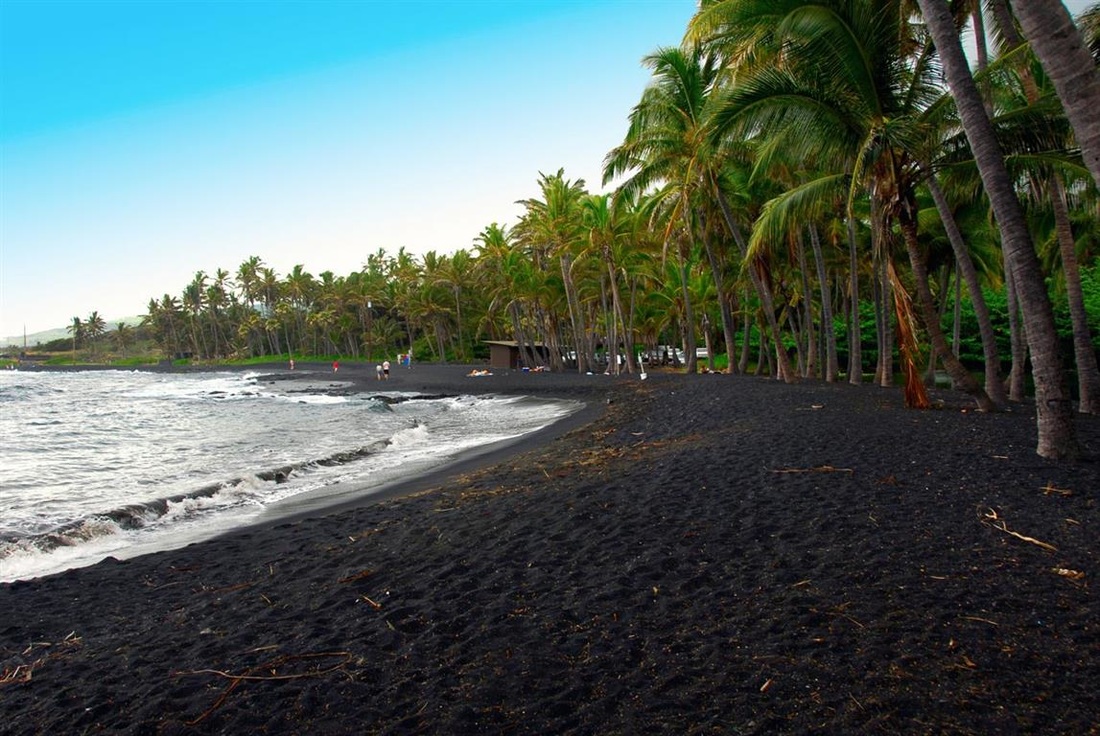
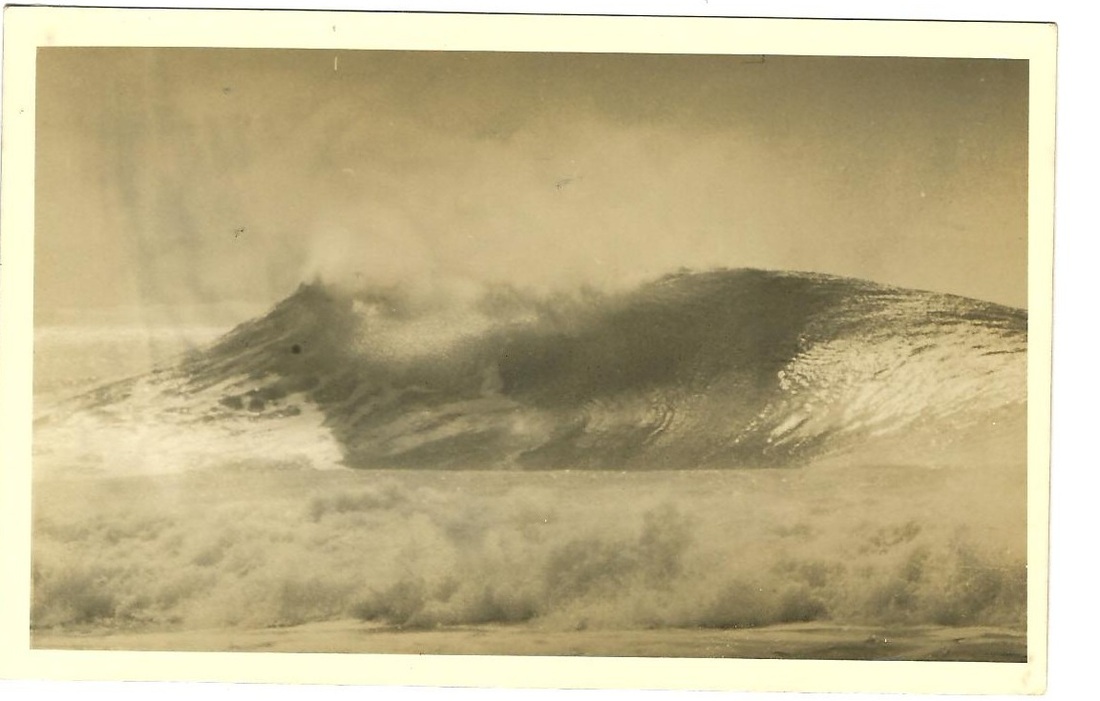
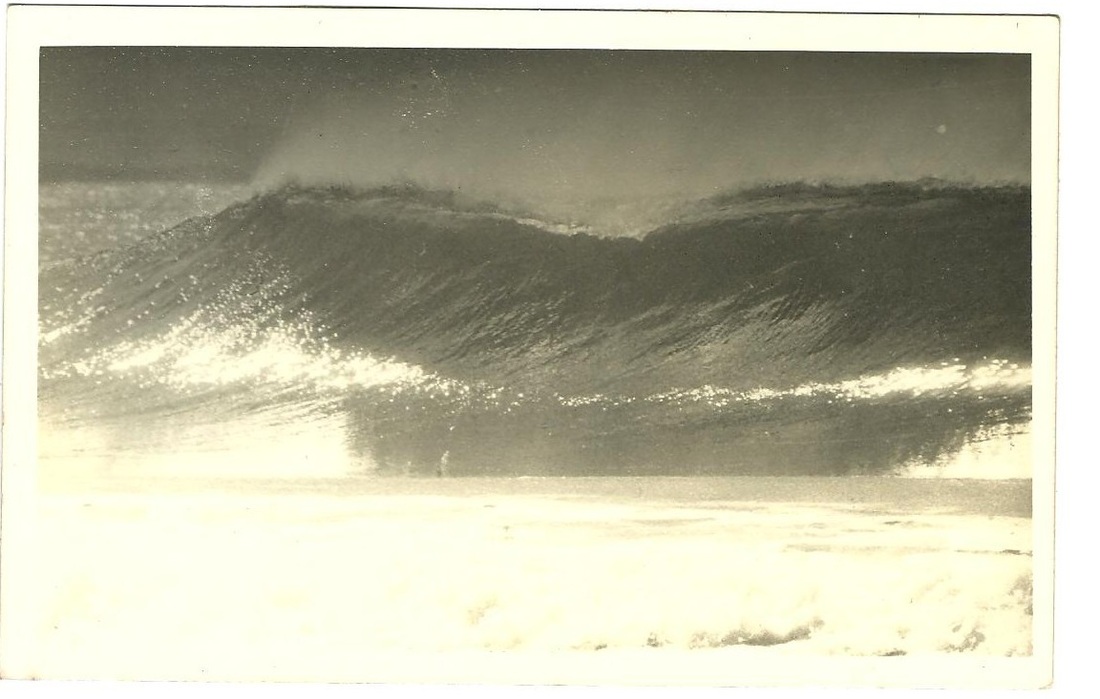
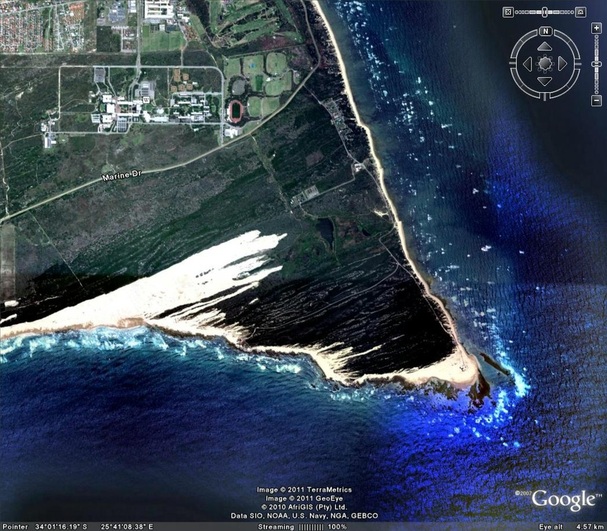
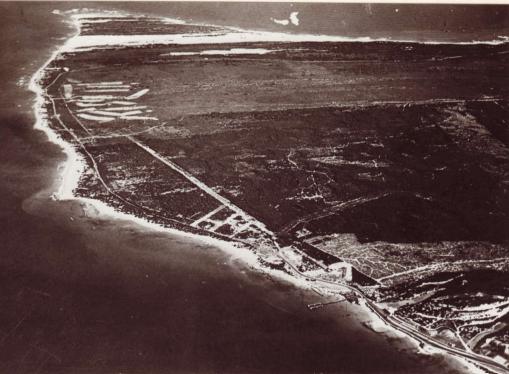
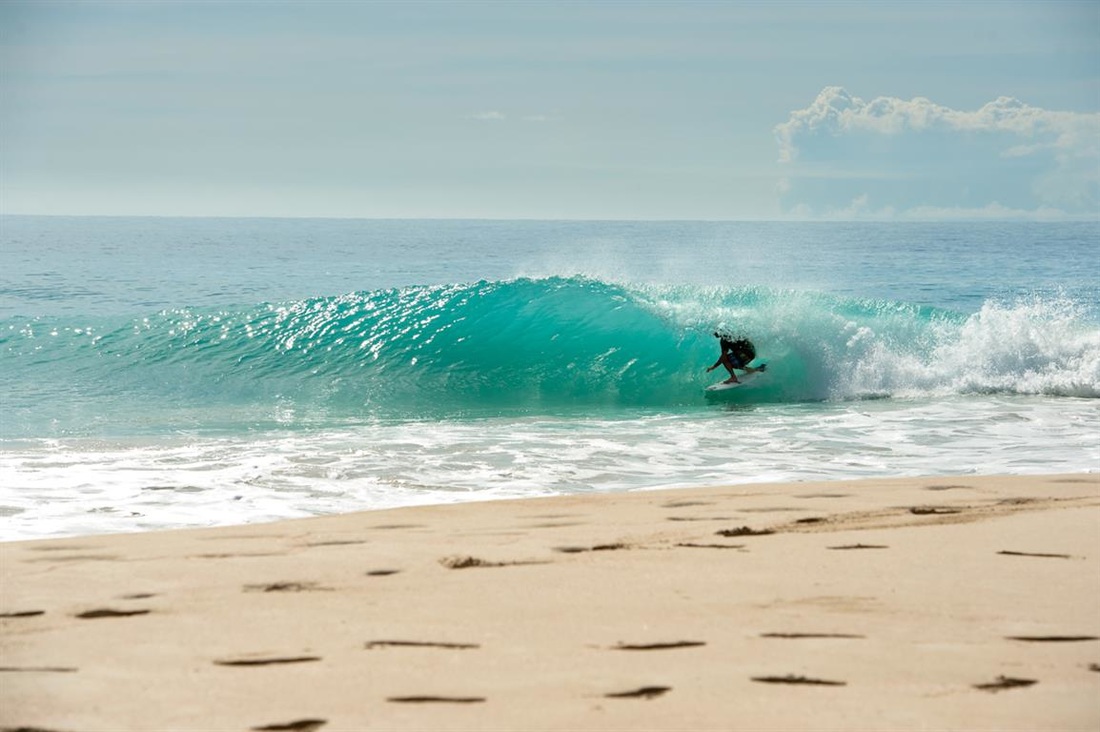
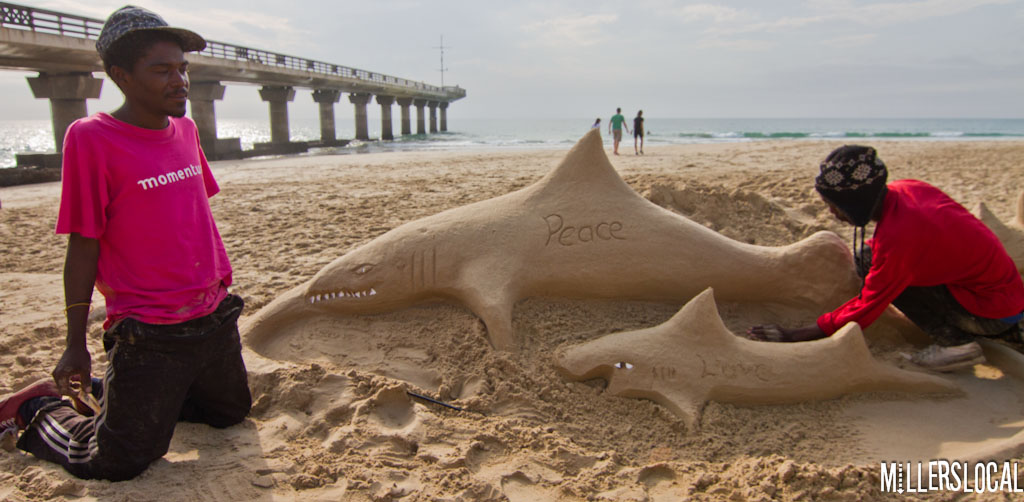
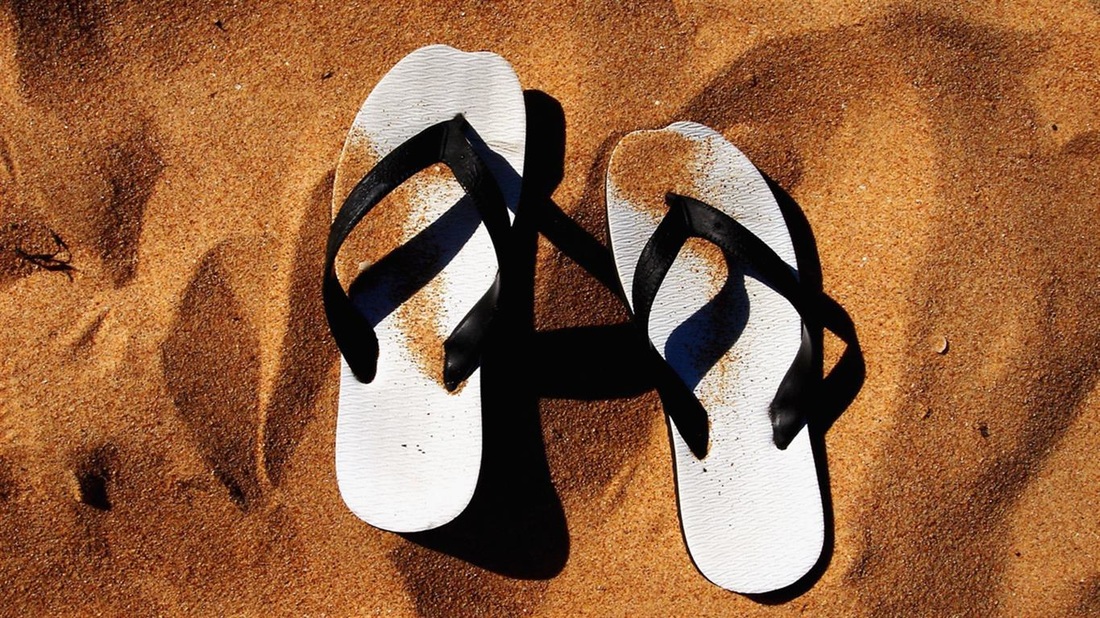
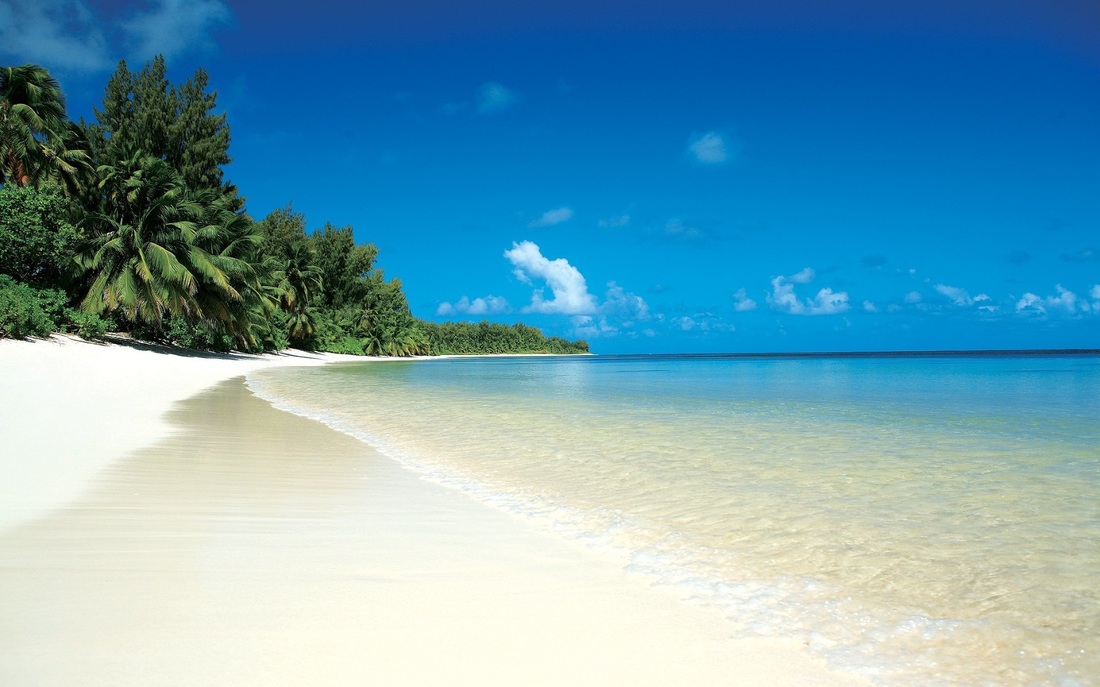
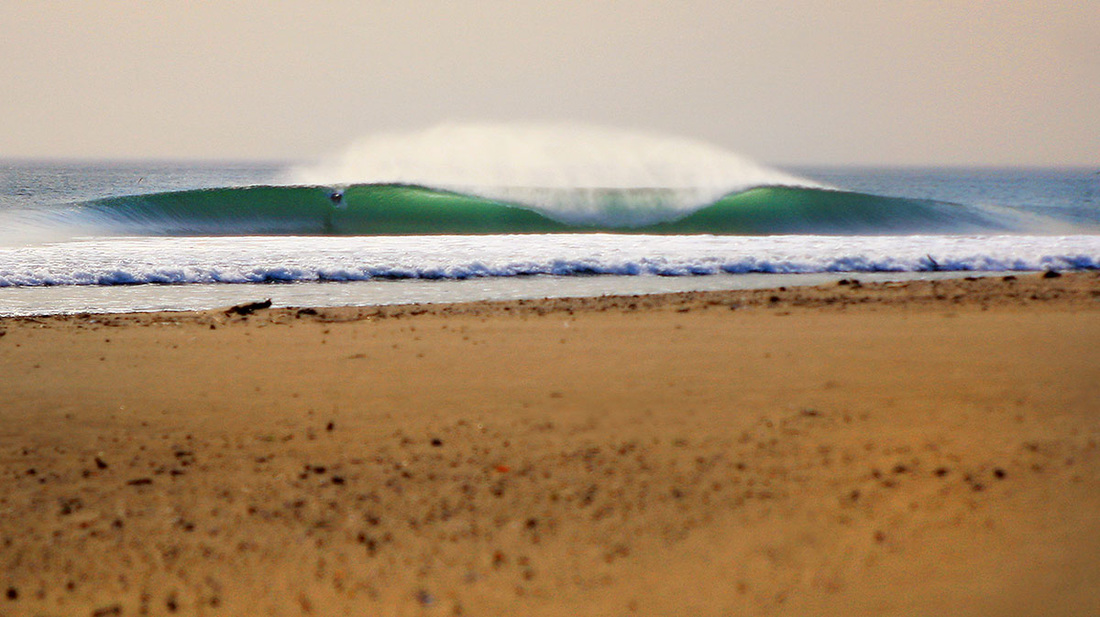

 RSS Feed
RSS Feed
